By Louise Irvine
The Georgian and Regency eras were periods of elegant refinement with fabulous fashions and décor made famous by Bridgerton, the popular historical romance on Netflix TV. Movies inspired by Jane Austen’s novels also conjure up the style and social life of the Regency period in the early 1800s. The legacy of Josiah Wedgwood, the “Father of English Potters”, loomed large as an arbiter of taste and the company’s London showroom was a fashionable destination in Jane Austen’s world.
The Royal Succession
Towards the end of the Georgian era, King George III finally succumbed to his intermittent bouts of mental illness in 1810 and his eldest son, George, Prince of Wales, became regent. The Prince Regent succeeded to the throne as King George IV when his father died in 1820 and reigned for 10 years. His brother then became King William IV and his niece, Princess Victoria, was next in line for the crown. Because of her young age, there were attempts to establish Victoria’s mother as regent but the young queen turned 18 and became queen in 1837, heralding the Victorian era.
Queen’s Ware
Josiah Wedgwood (1730-1795) was the leading potter and creative entrepreneur of the Georgian era. His systematic experiments produced new ceramic bodies, including Creamware, Black Basalt and Jasper ware which he decorated in the neoclassical styles of the day. Queen Charlotte, the wife of George III, was an early patron of Wedgwood’s Creamware and allowed it to be called Queen’s Ware. As “Potter to her Majesty”, Wedgwood was at the forefront of the consumer revolution with his marketing methods which included illustrated catalogs, direct mail, free delivery, and celebrity endorsements. Catherine the Great, Empress of Russia, ordered a Queen’s Ware dinner service of 1,000 pieces which is known as the Frog Service. On a more modest scale, Jane Austen visited the Wedgwood showroom in 1813 to help her brother and his wife choose a dinner service. She also purchased a breakfast service by mail order which was delivered by wagon to her Hampshire home.
Vase Maker General
Josiah Wedgwood wanted to be acclaimed as the “Vase Maker General to the Universe” and his Black Basalt body was perfect for imitating the Etruscan and Greek vases which were being excavated in Italy and brought to Britain by aristocrats returning from their Grand Tour of Europe. Black Basalt figures and busts inspired by sculptures of Greek gods and heroes adorned the walls of neoclassical libraries in the stately homes of England. For three years, Wedgwood was obsessed with copying the early Roman cameo glass Barberini or Portland vase from the 1st century AD. Wedgwood exhibited his first edition of his iconic blue and white Portland vase in 1790 and it has been made in many Jasper ware colors and sizes over the years as can be seen at WMODA.
Wedgwood Blue
To cope with the demand for his vases, Wedgwood opened a new factory in Stoke named Etruria. Josiah began to experiment with his famous Jasper ware body in the 1770s and after thousands of trials, he developed his iconic Wedgwood blue color. Wedgwood blue plaques were set in furniture and chimney pieces and framed for the walls of fashionable homes designed by notable architects including the Adams Brothers. When Josiah Wedgwood died in 1795, his second son, Josiah II, inherited the business and maintained production of ornamental Jasper wares during the Regency period. More than two centuries later, Wedgwood continues to celebrate their rich heritage of design and craftsmanship with a revival of Jasper ware classics. Their signature Wedgwood blue color is back in vogue again due to the huge success of the décor and fashions in the Bridgerton series.
See the WMODA collection of Wedgwood ware from the 1800s onwards in the new Regency gallery and library when the museum reopens in Hollywood.
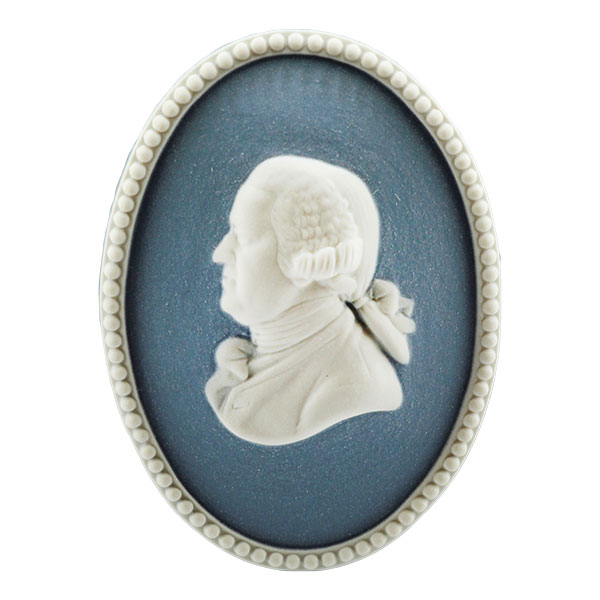
Josiah Wedgwood
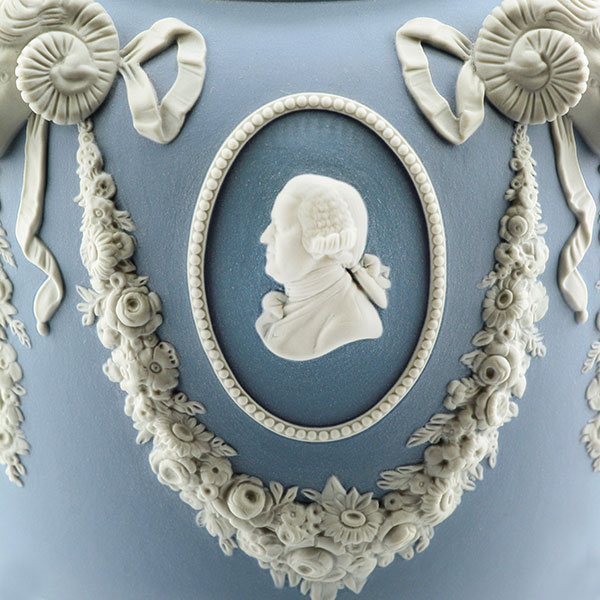
Josiah Wedgwood Detail Etruria vase
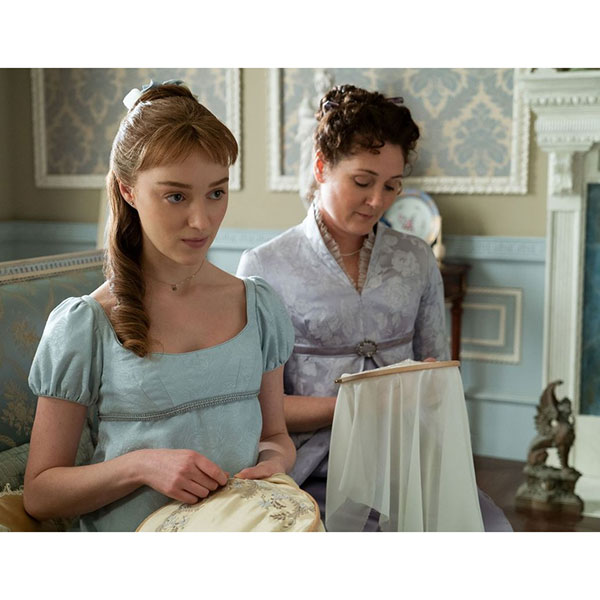
Wedgwood Blue in Bridgerton Netflix
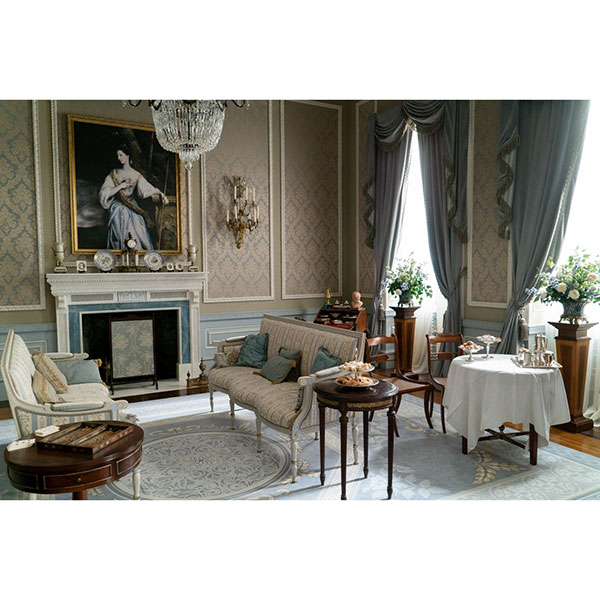
Bridgerton Style Netflix
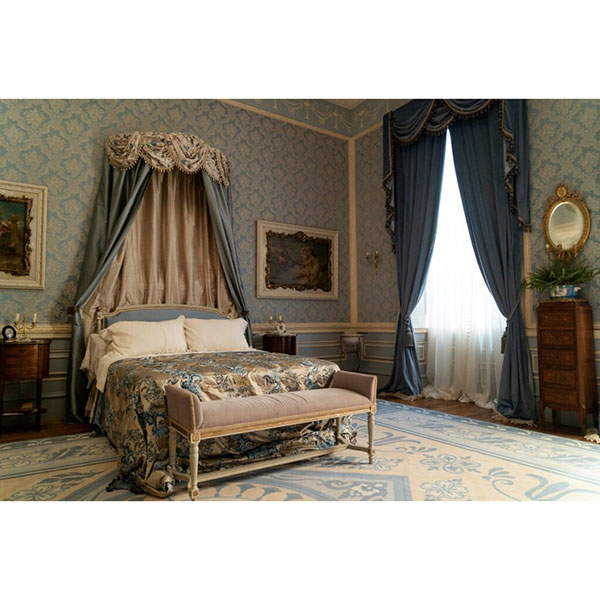
Bridgerton Bedroom Netflix
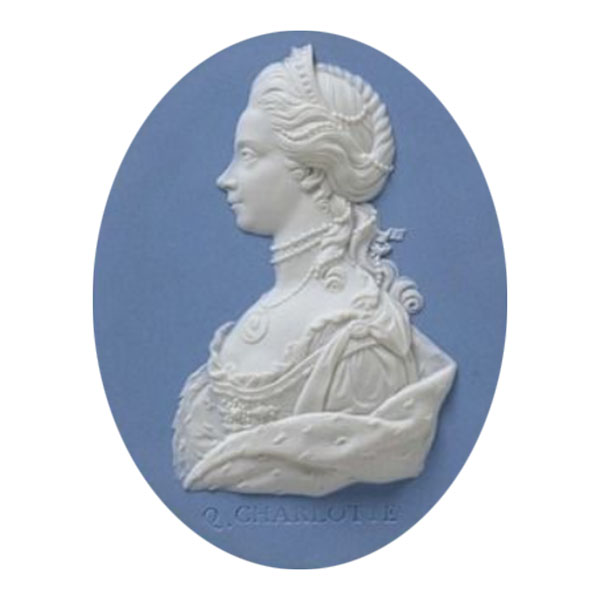
Wedgwood Queen Charlotte
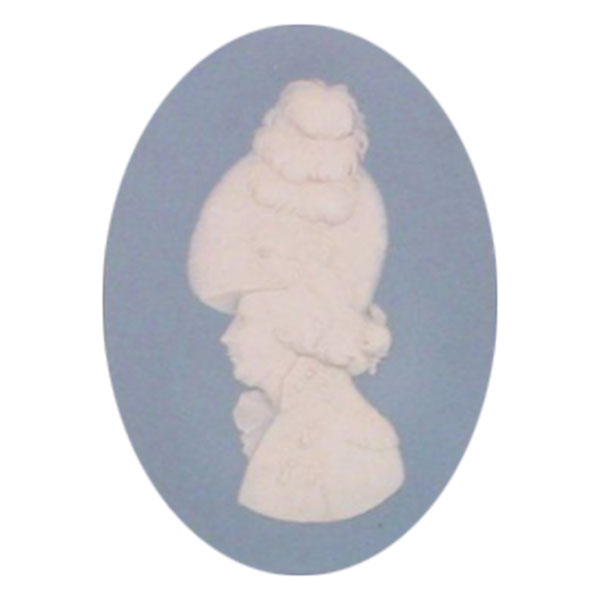
Wedgwood Prince of Wales later George IV
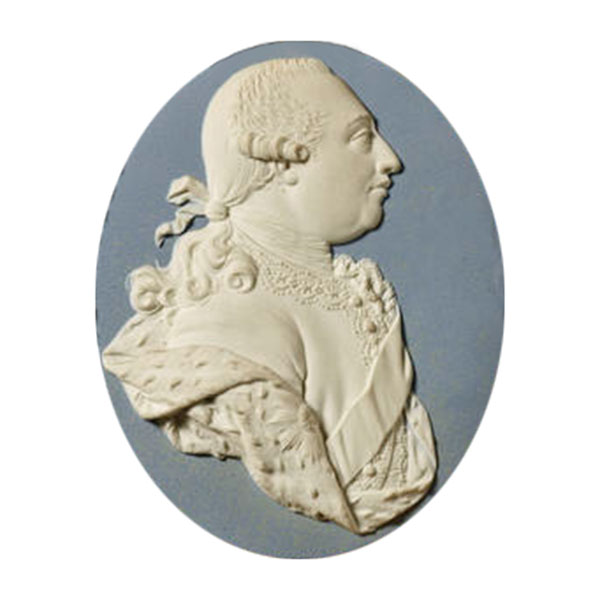
Wedgwood King George III
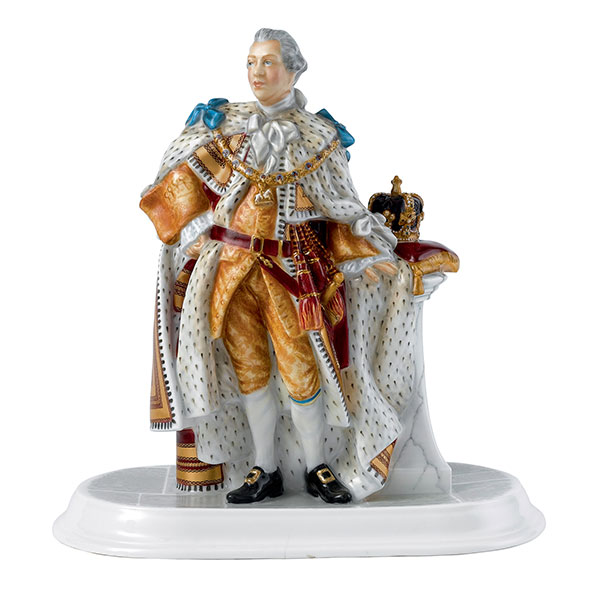
Royal Doulton King George III
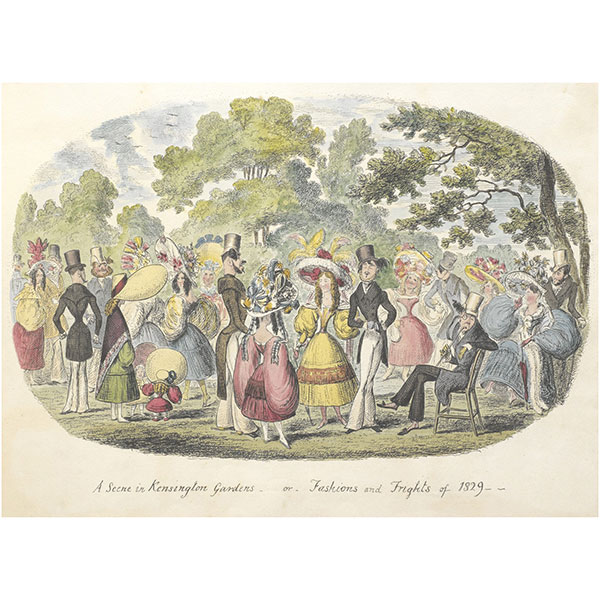
Regency Fashions Cartoon G. Cruikshank
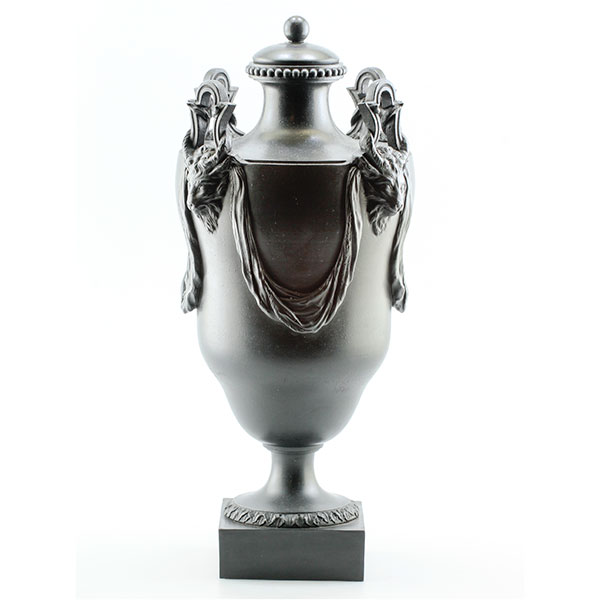
Wedgwood Black Basalt urn
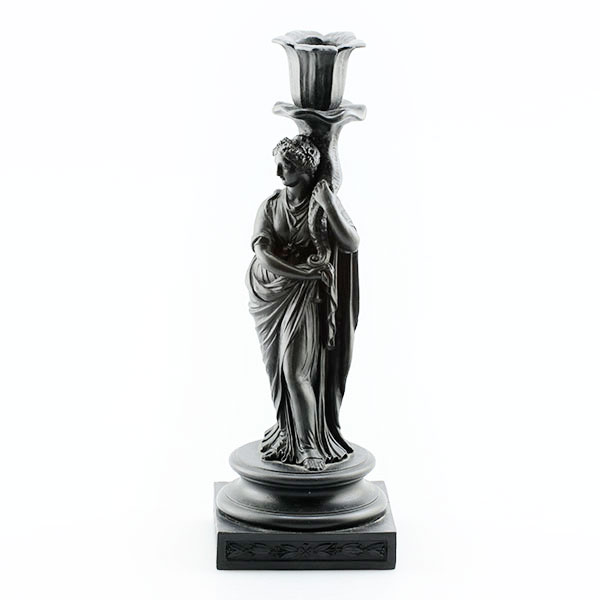
Wedgwood Black Basalt Ceres candlestick
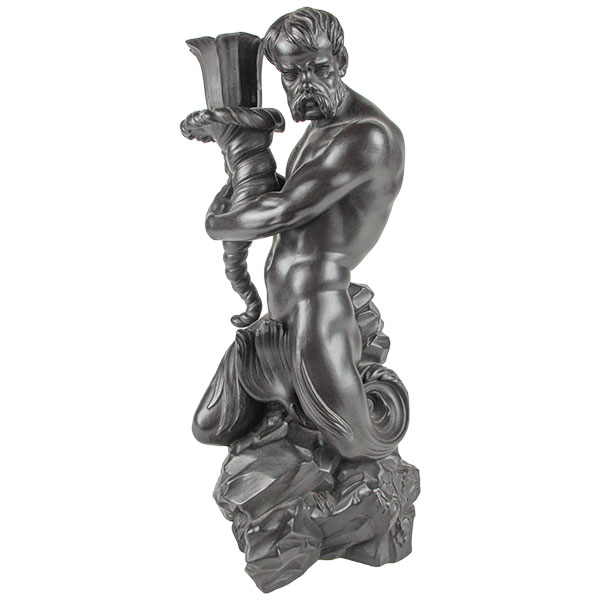
Wedgwood Black Basalt Triton candleholder
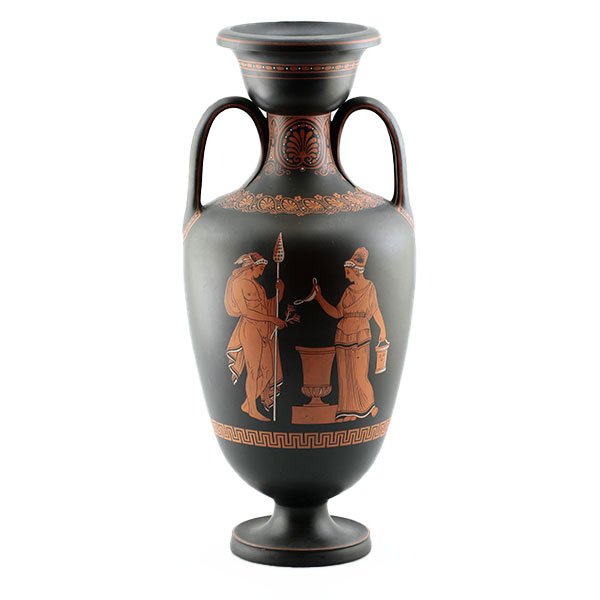
Wedgwood Encaustic vase
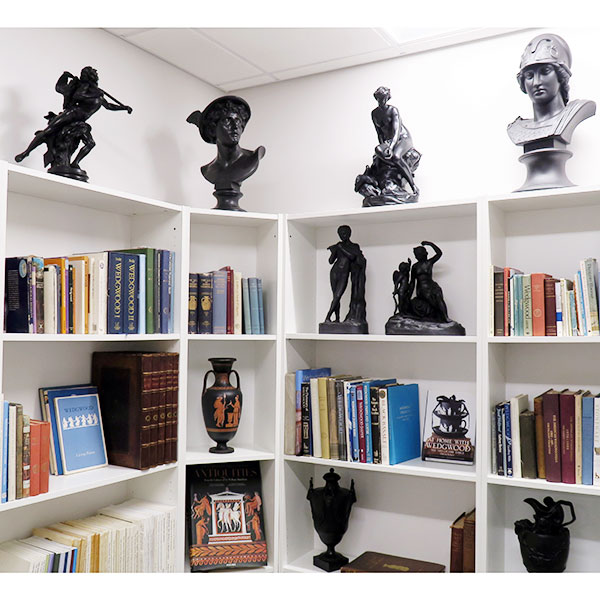
Wedgwood Library at WMODA
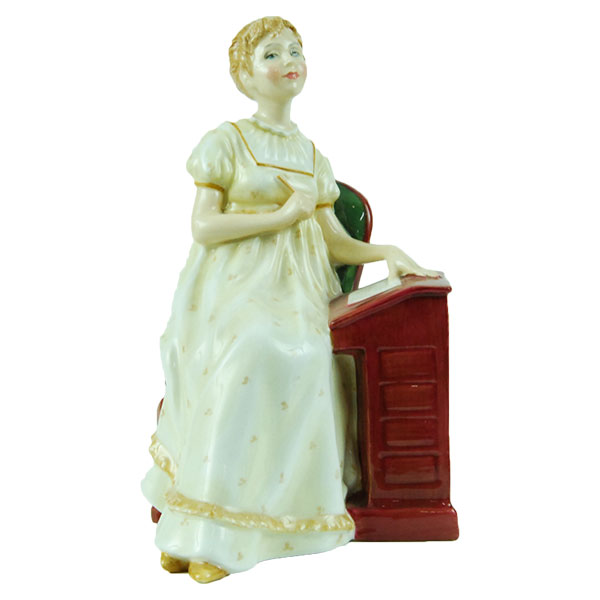
Royal Doulton prototype figure of Jane Austen
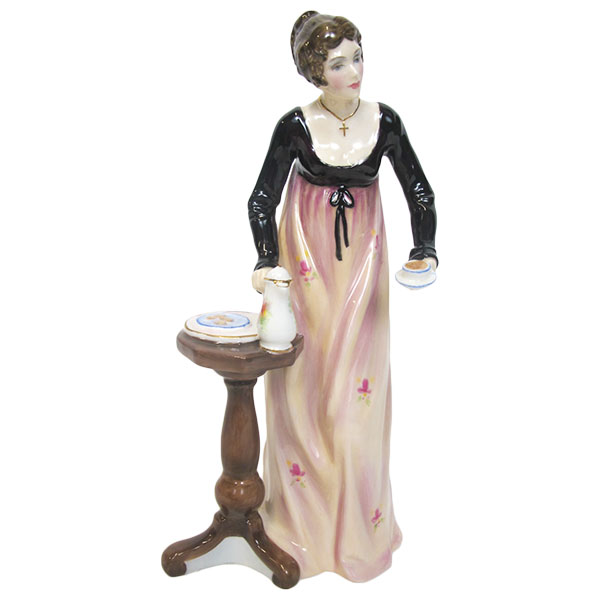
Royal Doulton prototype figure of Elizabeth Bennett
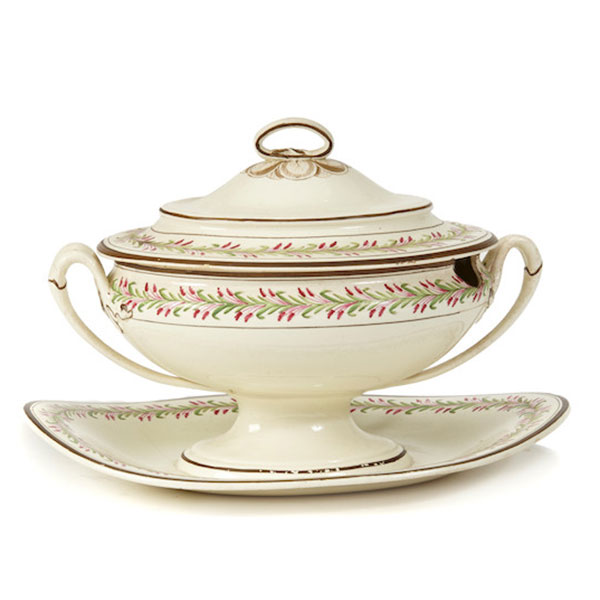
Queen’s Ware tureen
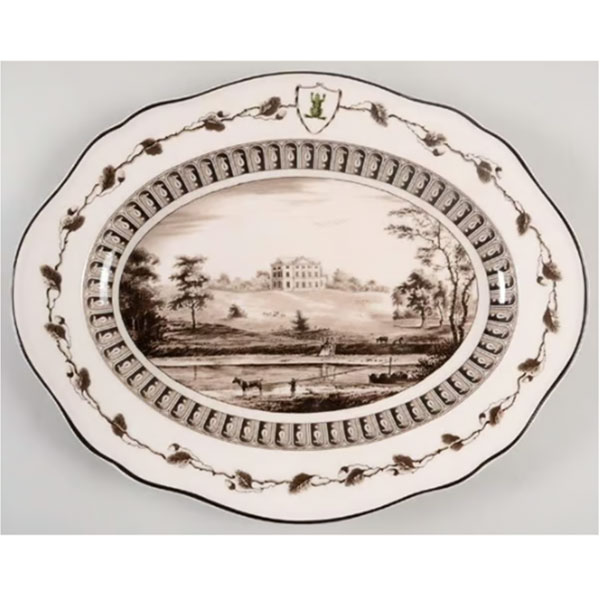
Wedgwood Frog Service Etruria Hall
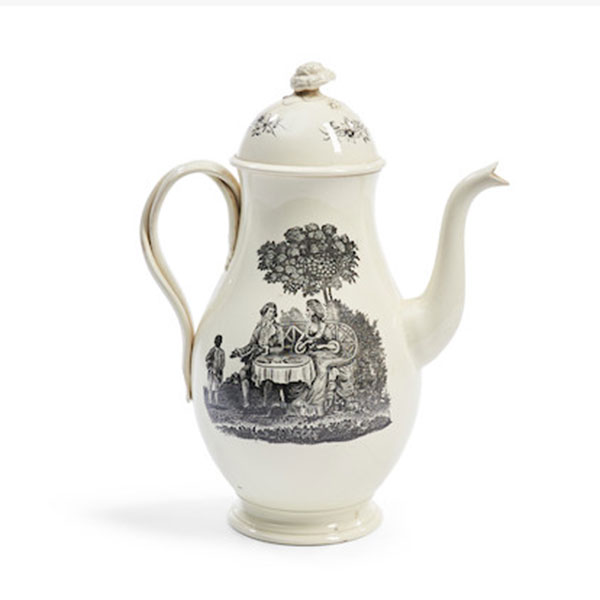
Queen’s Ware coffee pot
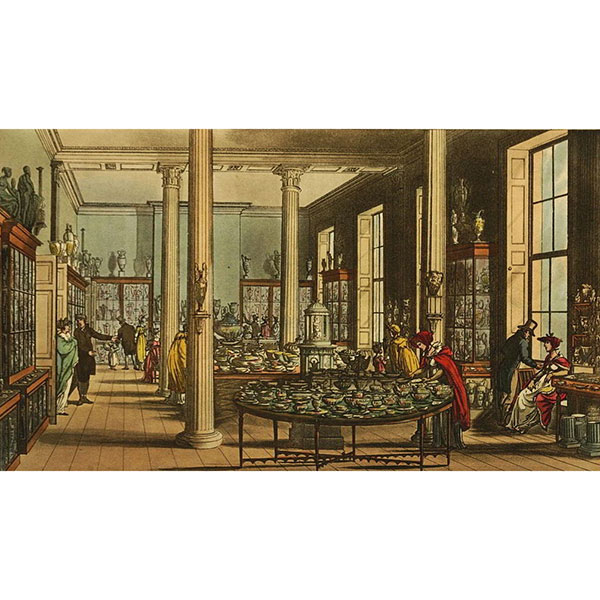
Wedgwood Showroom London 1809
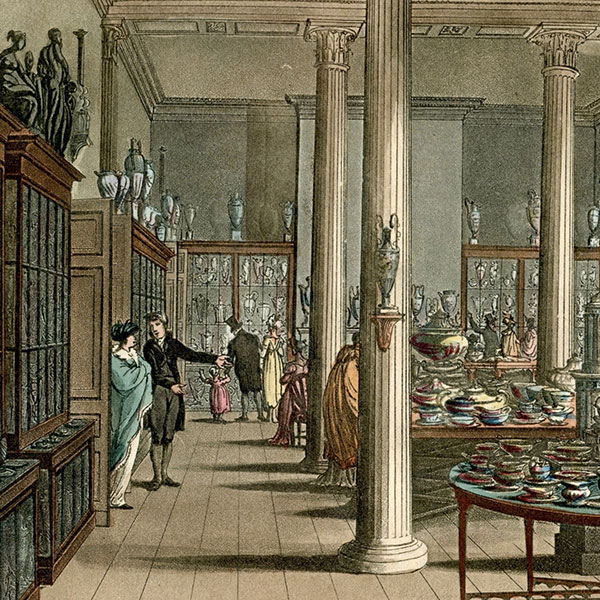
Wedgwood Showroom Detail
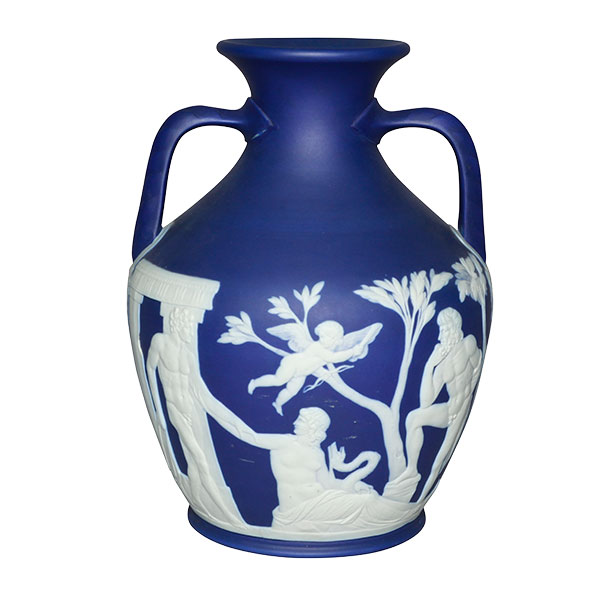
Wedgwood Portland vase
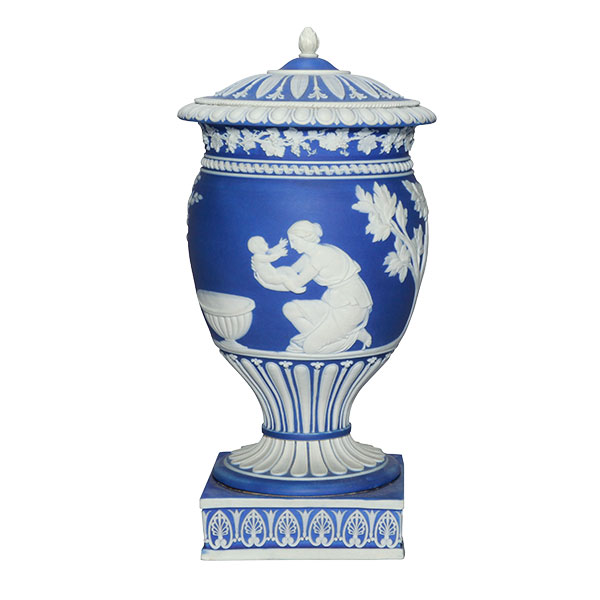
Wedgwood Birth of Achilles
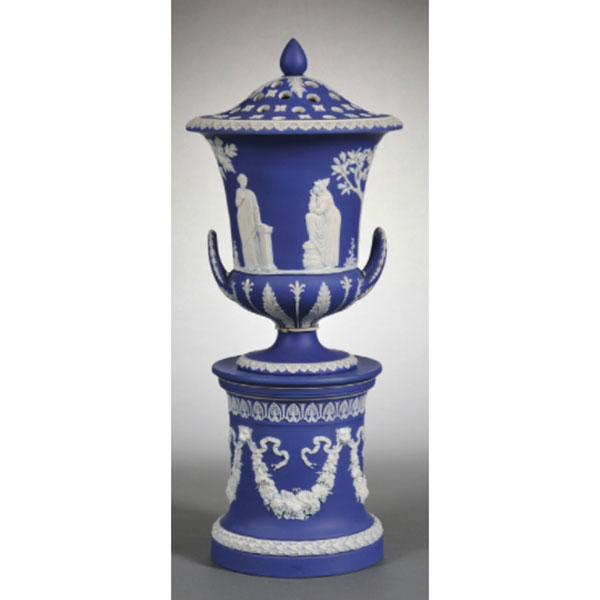
Wedgwood Potpourri vase and stand
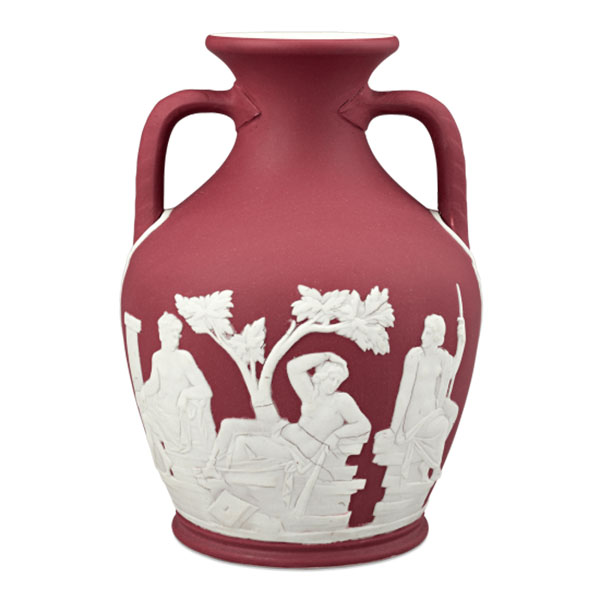
Wedgwood Portland vase
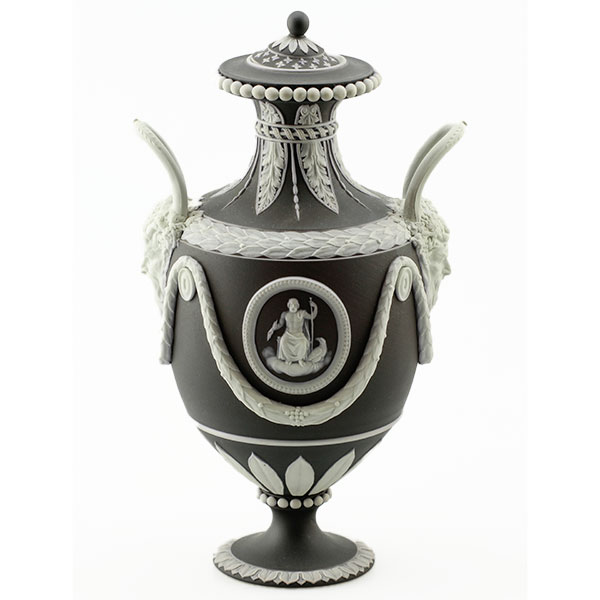
Wedgwood Jasper covered vase
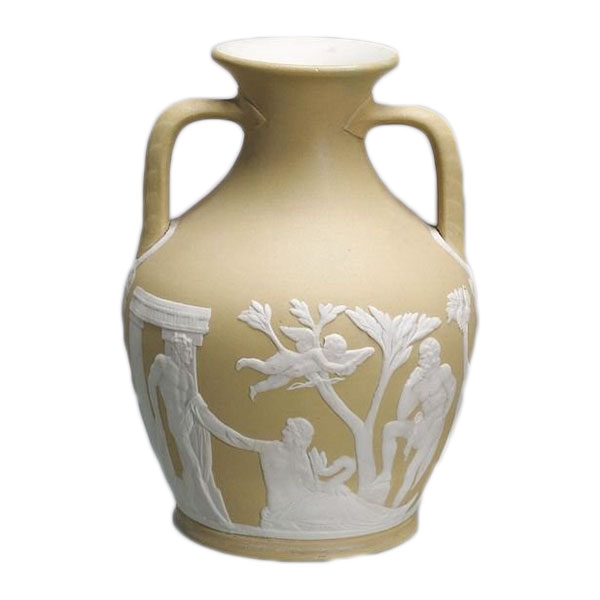
Wedgwood Portland vase
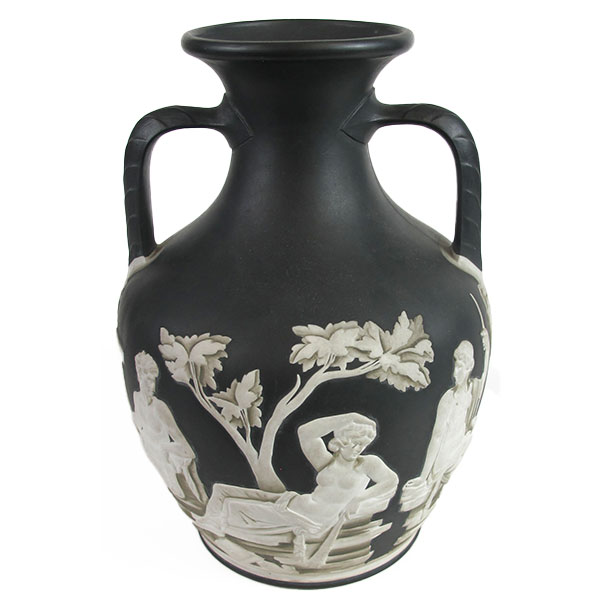
Wedgwood Portland vase
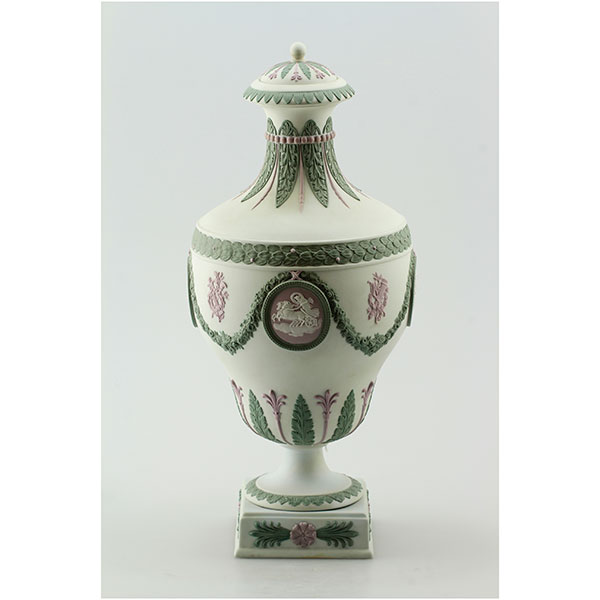
Wedgwood Jasper covered vase
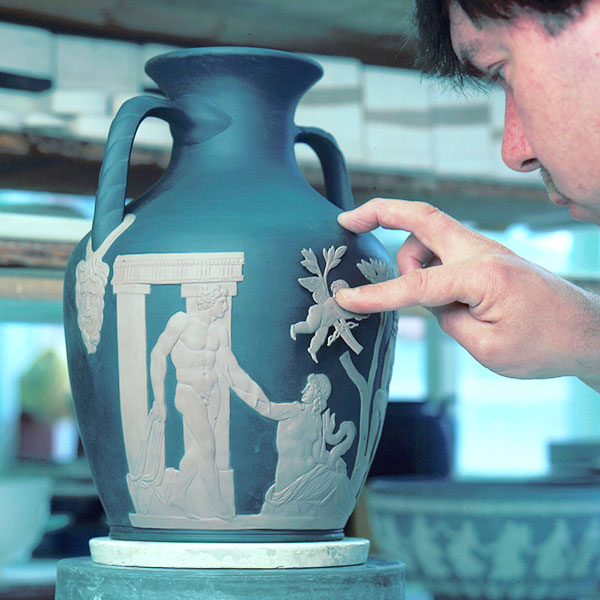
Making a Portland vase
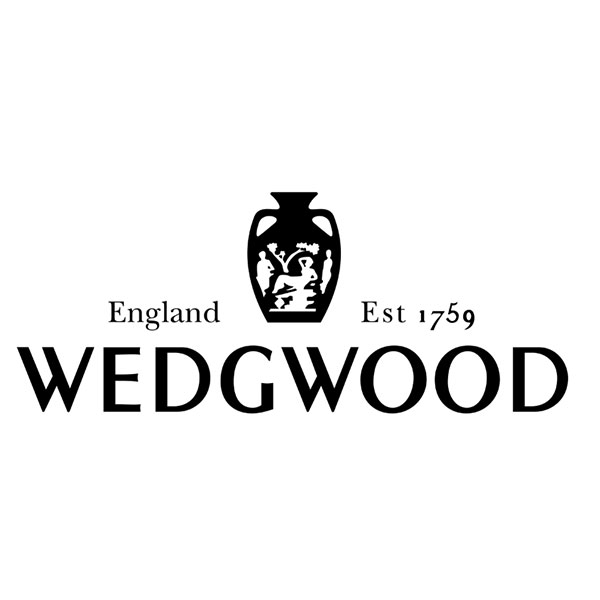
Wedgwood logo
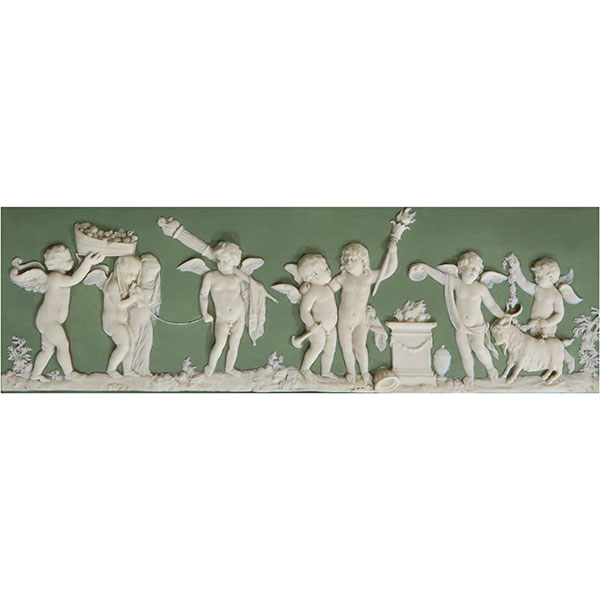
Wedgwood Marriage of Cupid and Psyche
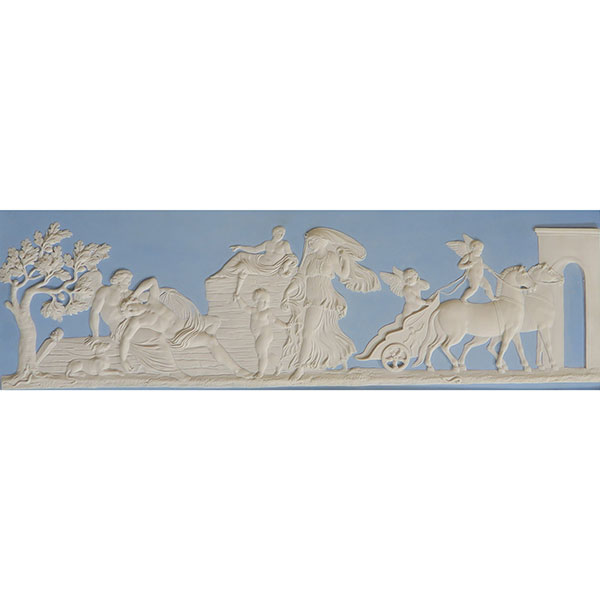
Wedgwood Diana Visiting Endymion
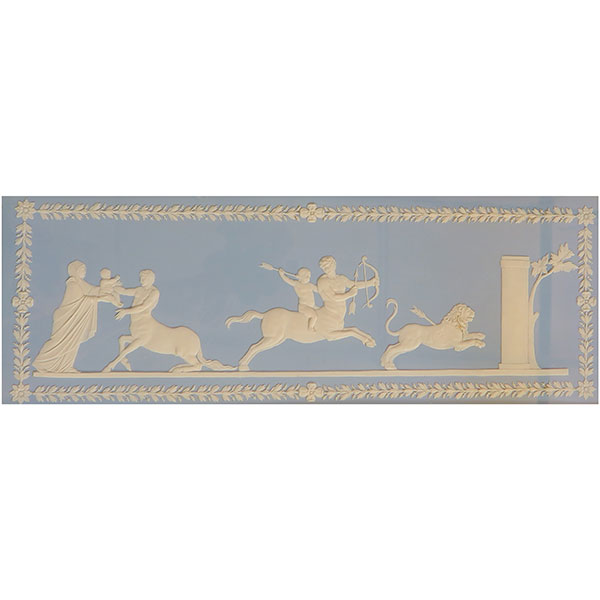
Wedgwood Centaur Hunting
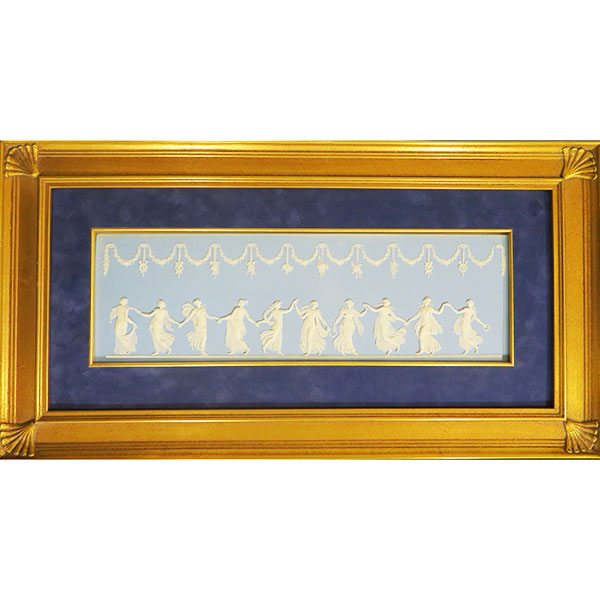
Wedgwood Dancing Hours
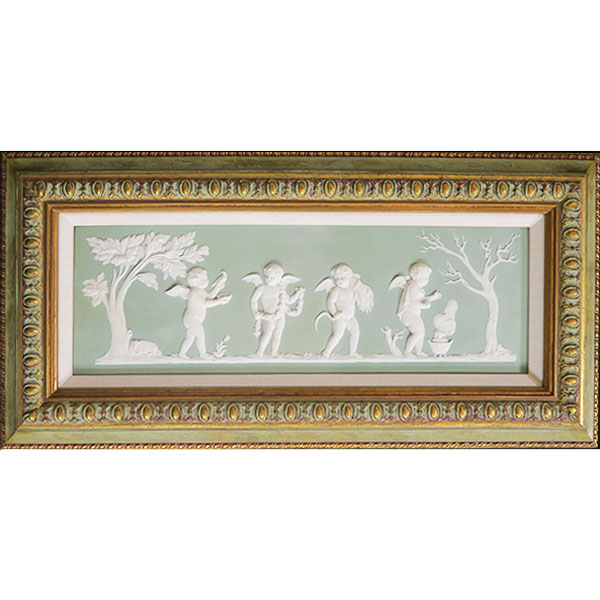
Wedgwood Four Seasons
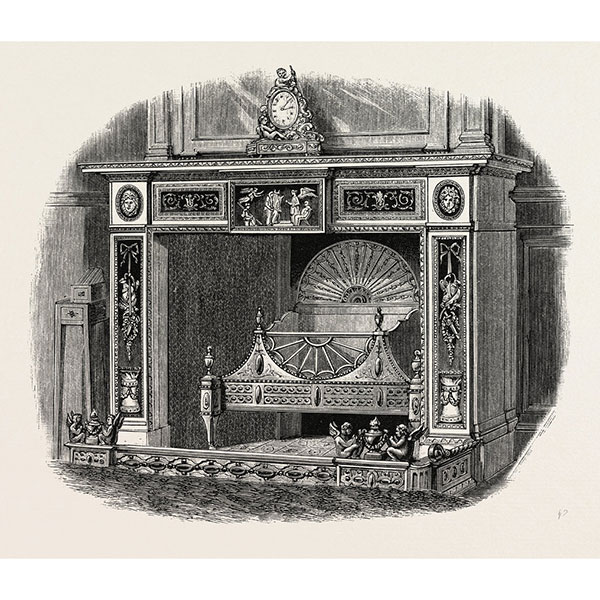
Wedgwood Chimney Piece
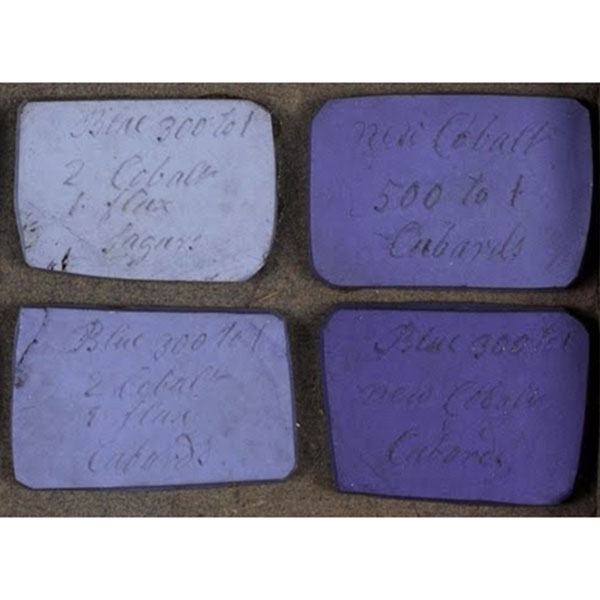
Blue Jasper ware samples
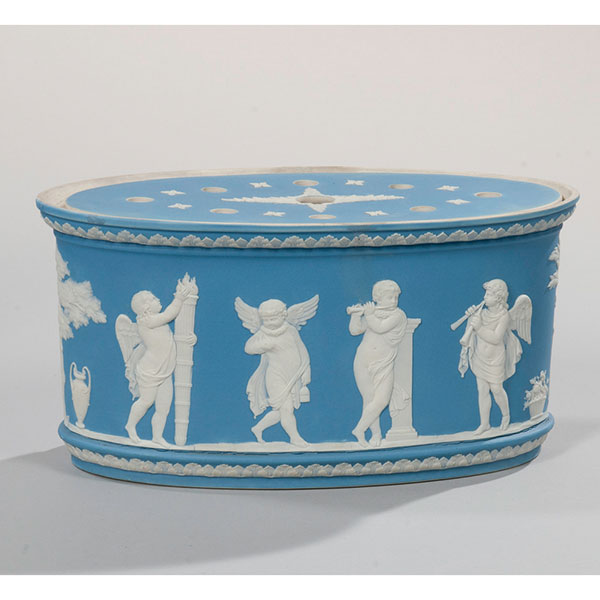
Wedgwood Blue bough pot
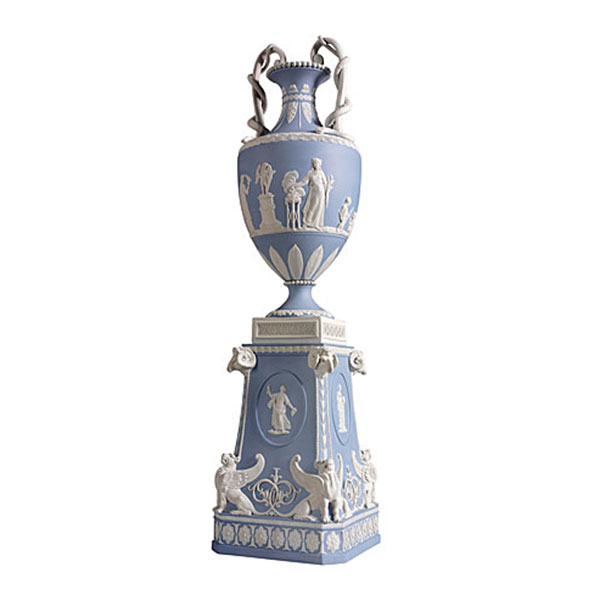
Wedgwood snake-handled vase and stand
